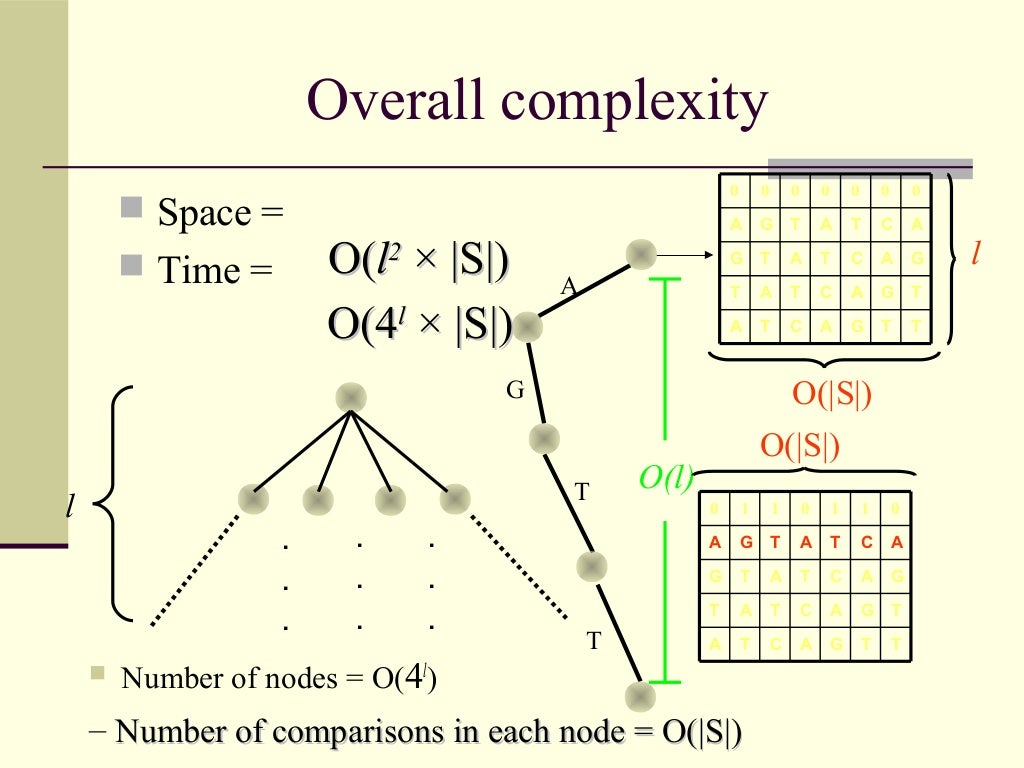

The main point is to eliminate phrases that are irrelevant to the conversation or discussion’s main subject. Compared to edited transcription, intelligent transcription focuses on light editing of the audio or video file.īy ‘light editing’, this means that fillers expressed by the speaker, such as ‘ums’, ‘om’s, ‘err’, along with pauses in between discussions, repetitions, and expressions of acknowledgement and deep thought such as ‘okay’, ‘got it’, ‘hmm’, and ‘I wonder’ are omitted from the transcribed document.Īdditional irrelevant details eliminated include stutters and stammers, slangs, non-standard language (gonna, ain’t, ‘cause), and any form or detail depicting disruptions in speech, such as coughing and throat clearing. The use of edited transcription is often present in conferences, seminars and speeches.Īccuracy is a crucial factor in intelligent transcriptions. The readability of the document is prioritized as well, to make it more appealing and relevant to whoever the brand wishes to target with the document being transcribed. More often than not, this type of transcribing utilizes a more formal type of writing. The practice of edited transcription is best used for content that business owners wish to have translated in a particular foreign language, or published as a book or printed material. Regardless of the words or sentences omitted, the essence and whole idea of the text is still maintained. It involves the omission of some sentences or phrases that are deemed unnecessary, excessive or are grammatically incorrect. In fact, the rise of video content in digital marketing is now driving brands to seek the advantages of using transcription for videos.įor businesses that are new to the world of transcription for brands, there are three fundamental forms of transcribing, and these are edited, verbatim, and intelligent.Īn edited transcription is a form of transcribing that focuses on delivering quality documents. The result is the development of more specified variations and a wider coverage of transcription services. The practice of transcribing for brands has evolved overtime. There are three basic types of transcriptions that every business owner needs to know In this manner, the quality and significance of the transcription in a business’ overall operations is preserved and reflected. That being said, businesses with target audiences located across the globe should make it a point to hire transcribers with profound knowledge and understanding of the languages or countries covered by the brand’s services. Culture also plays a big role in the language of several countries. Phrases, sentences, and even fillers do not necessarily contain universal meaning in all languages.Īn American slang word or phrase may have a different or more complicated variation in Spanish or Arabic. Transcription services is modified depending on the language where it is being used. Transcription goes hand-in-hand with translation services

Transcribing also enhances adaptability of businesses through enabling a smoother process of determining which ideas and information can still be rehashed or enhanced into a method of branding and reaching out to customers. When utilized as a mediator between customers and businesses, transcription allow brands to take a keener look into the dynamics of their audience’s purchasing behavior. Important meetings and discussions are recorded, thereby providing accurate accounts that can be used for sending client reports, delivering dependable customer assistance, as well as backtracking and implementing sales and marketing strategies. By converting speech, audio and video files into a written or electronic text document, a business is able to pursue designated project timelines without delay and focus on its principal objectives. Transcription service is a useful tool that helps brands save time and money.


 0 kommentar(er)
0 kommentar(er)
